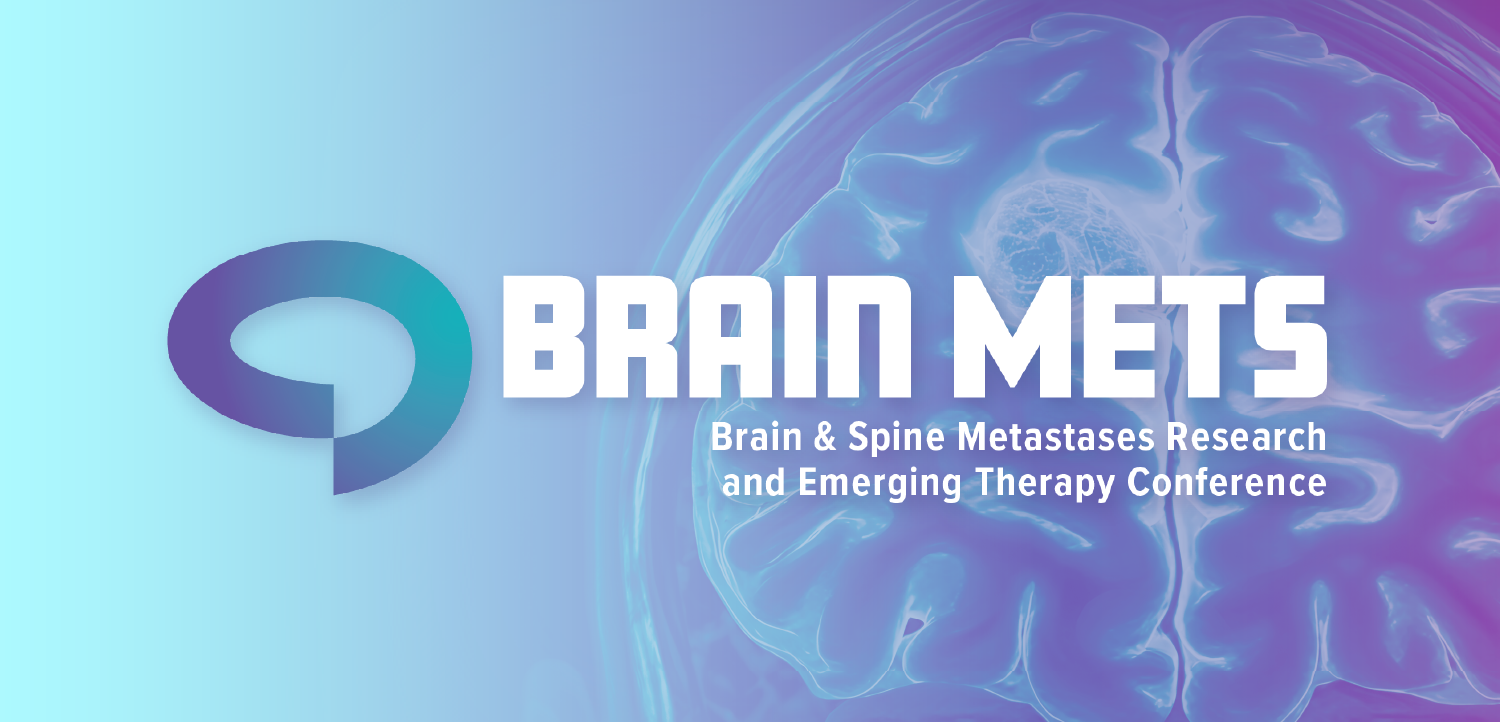
How E-Prescribing Can Help Fight the Opioid Crisis
A health tech expert discusses the benefits of e-prescribing to combat opioid deaths.
The opioid epidemic is a crisis in the U.S. right now. This year,
“And it’s not that we’re better drivers, that’s for sure,” Sean Kelly, M.D., chief medical officer at Imprivata and practicing emergency department physician at Beth Lahey Israel Health, told Inside Digital Health™ at Expo.Health in Boston.
Stricter regulations and standards and technology came into play to help reduce motor vehicle-related deaths, Kelly said. And the same thing is happening now in healthcare.
“One major intervention, for example, to fight the opioid crisis, is electronic prescription of controlled substances,” he said.
E-prescribing replaces the paper prescribing process. Prescribers can get on digitally. It’s accountable, transparent and more efficient than writing a paper script, Kelly added.
Paper scripts can be illegible, forged or fraudulent, which could lead to addiction, he said.
With e-prescribing, the physician can leverage the module to set certain limits on the number of pills being prescribed and makes sure the providers are properly credentialed.
And, because of regulations, there are two forms of authentication required when e-prescribing that can be complex, but if the technology is good, the methods won’t be difficult.
One example is a one-time pin push token on your phone. You’ve been credentialed in and when you go to prescribe, when you hit the token, it will query your phone and you can approve it, Kelly said.
Get the best insights in healthcare analytics
Related







































